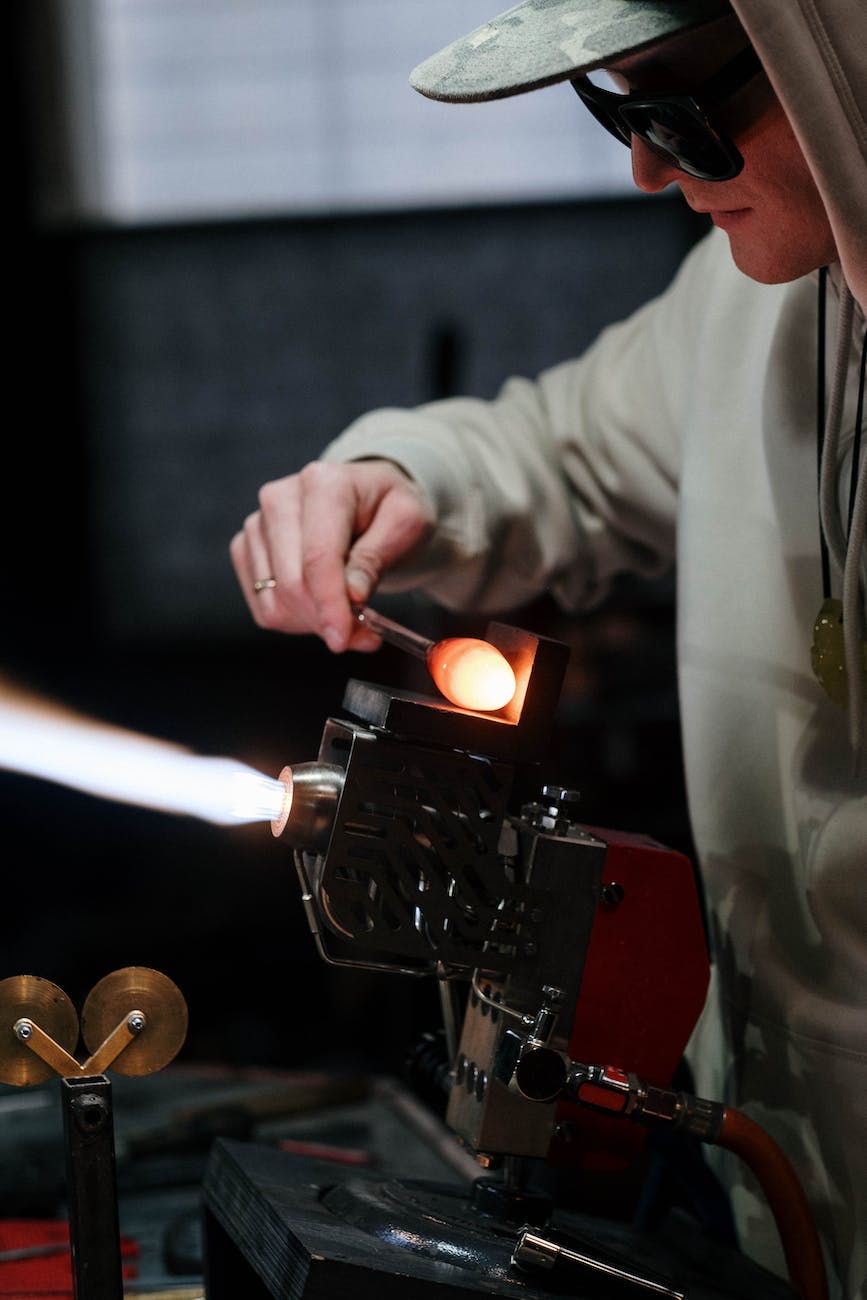Bringing Ideas to Life: The Process of Designing Glassblowing Works
Prior to manifesting ambitious glass pieces, extensive planning and visualization are crucial to ensure proper execution. The design process provides critical foundations shaping the final outcome. Examining the typical path from initial spark to finished art illuminates the thought and care behind glassblowing.
Discovering Inspiration
The creative arc begins from that first flash of inspiration – observea moment in nature, a dream, memory or photo that speaks. This ephemeral creative spark gets expanded through reflective journaling, observational sketches, and visual research to decipher its underlying resonances worth capturing in glass. Does it provoke emotions to share? What forms and techniques could best articulate its essence? Inspiration is nourished into maturity.
Researching and Planning Details
With a concept clarified, practical planning begins by researching feasible methods, required tools, potential challenges, and projected timeline. Details like glass color options, decorative add-ons, optimal sequence and necessary collaborators get outlined comprehensively before firing furnaces. This diligent pre-production organization prevents frustrations later. A clear vision needs concrete translation into actionable steps.
Developing Scaled Models and Prototypes
For intricate glass projects, preliminary miniature models unveil nuances needing refinement before large-scale production. Lampworking and maquettes enable testing assembly feasibility, shape dynamics, and sightlines from different angles at reduced effort. Flaws spotted now save wasted time. Planning flexibility allows discoveries from preliminary models to improve end designs.
Executing Detailed Design Drawings and Specifications
With concepts solidified, technical drawings and written specifications ensure flawless execution by visually mapping the entire manufacturing process. Exact shapes, joinery details, decorative elements, accessory components, and sequential steps get articulated explicitly so each glassblower understands their role. This meticulous blueprint eliminates guesswork when collaborating on ambitious works.
Arranging Logistics like Materials and Equipment
With lengthy lead times for custom glass, furnace rentals, and commissioned components, arranging logistics well in advance prevents delays between design and execution. Rare specialty glass gets ordered early along with studio time, custom molds, and any heavy equipment rentals. Final budgets allocate resources accordingly. Scouting locations for potential installation challenges such as weight allowances also happens early.
Managing Safety and Contingencies
Before hot glass production, identifying risks and contingencies ensures minimization of hazards. Safety gear suited to the specialized techniques gets specified. Failure points like thin extremities prone to collapse get reinforced in the plan. Alternate materials and methods prepare for potential setbacks. Giving consideration to disaster preparedness results in smooth execution.
Documenting and Evaluating Outcomes
Throughout the creation process, meticulous photo and video documentation captures valuable lessons for future refinement. Once complete, critical analysis of what worked well versus needs improvement informs the next project’s success. This self-improvement through after-action review lets artists perpetually enhance their design and production skills over a career.
Through this holistic approach from spark to completion, glassblowing design fully integrates imagination with pragmatic production realities for impeccable professional execution. Patience and organization in the development process allow creative visions to manifest faithfully from fire to form.
